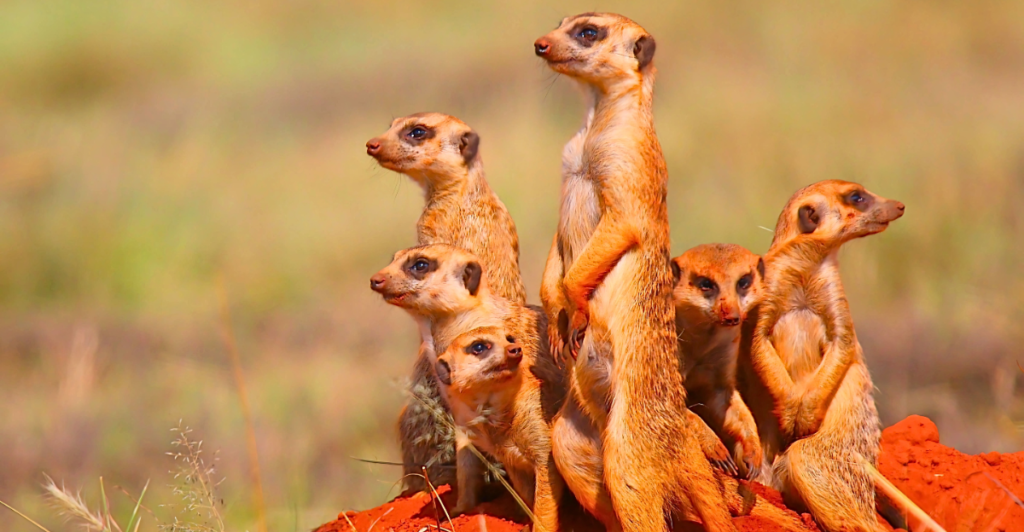
Politics isn’t just a human invention—animals have been running their own societies for millions of years. From monarchic lion prides to militaristic wolf packs and cooperative ant colonies, the animal kingdom mirrors our own political structures in fascinating ways. Some creatures thrive under rigid hierarchies, while others embrace democracy, collectivism, or even total anarchy. So, what can the wild teach us about power, leadership, and survival?
Lions: The Monarchs of the Wild
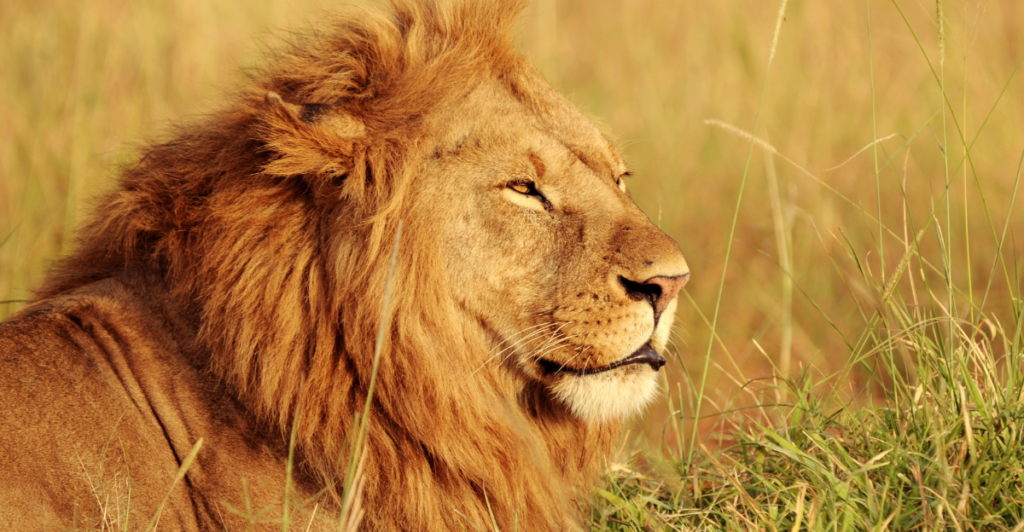
Lions rule like kings, with a dominant male reigning over his pride. Much like historical monarchies, power is inherited—until a stronger rival takes over. When a lion king is dethroned, chaos follows, just as poorly planned royal successions have led to collapse in human history. The pride thrives under strong leadership, but the crown is never secure.
Wolves: The Military Dictatorship of the Wild
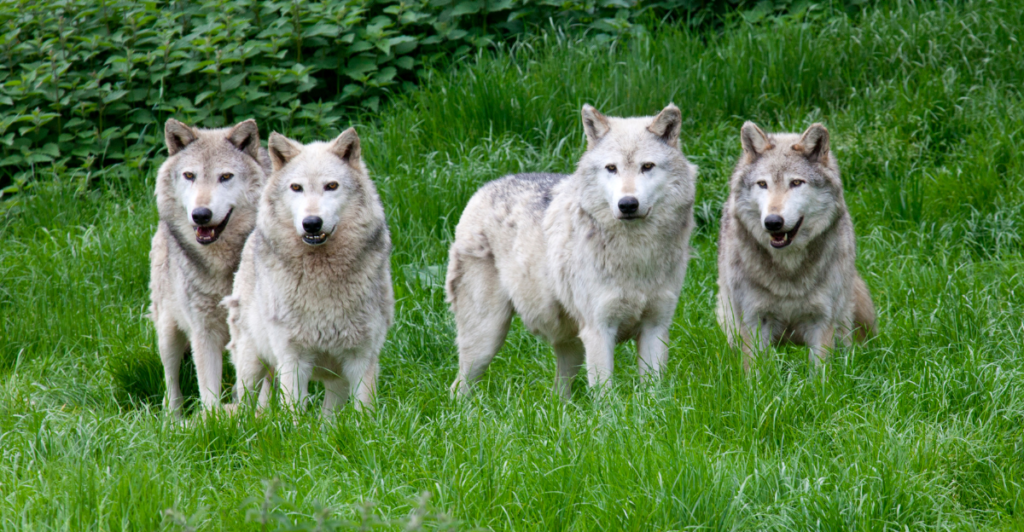
Wolves live by strict hierarchy, discipline, and cooperation—much like Sparta’s militaristic rule. The alpha leads with authority, enforcing order while the pack follows with loyalty. Weakness isn’t tolerated, and teamwork is essential for survival. Just like real-world military states, a wolf pack’s strength depends on obedience, coordination, and an unbreakable chain of command.
Ants: Nature’s Communist Collectives
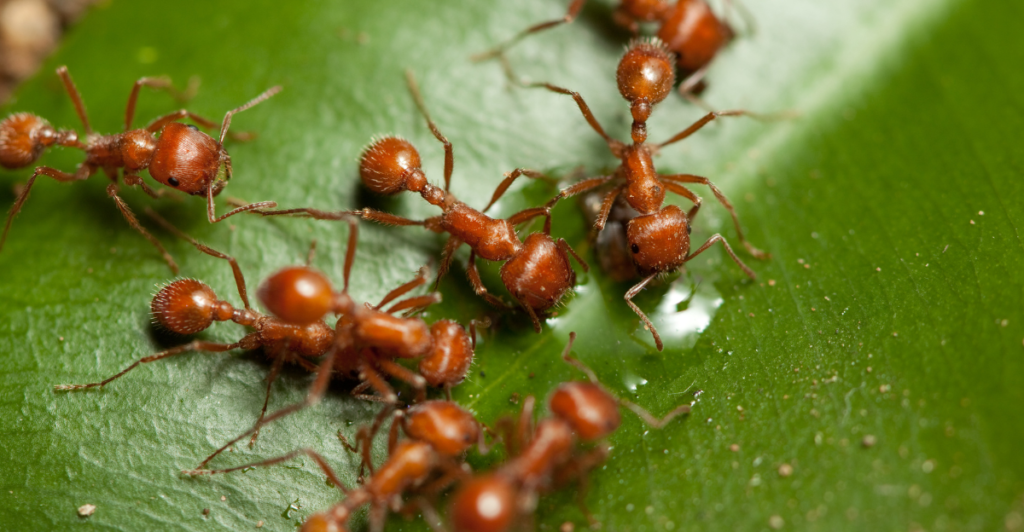
Ants embody a true communist society—no individual wealth, no competition, just collective survival. Every ant has a job, from workers to soldiers to the queen, all working toward a shared goal. Resources are evenly distributed, and decisions are made for the greater good. It’s efficient, highly organized, and completely selfless—an insect version of Marx’s dream.
Dolphins: Champions of Democracy

Dolphins thrive in democratic pods, making group decisions through communication and cooperation. They vote with body language, collaborate in hunting, and even help the injured—an aquatic version of human democracy. Unlike rigid hierarchies, dolphin groups balance leadership and consensus, proving that even in the animal world, teamwork makes the dream work.
Crows: The Anarchist Rebels
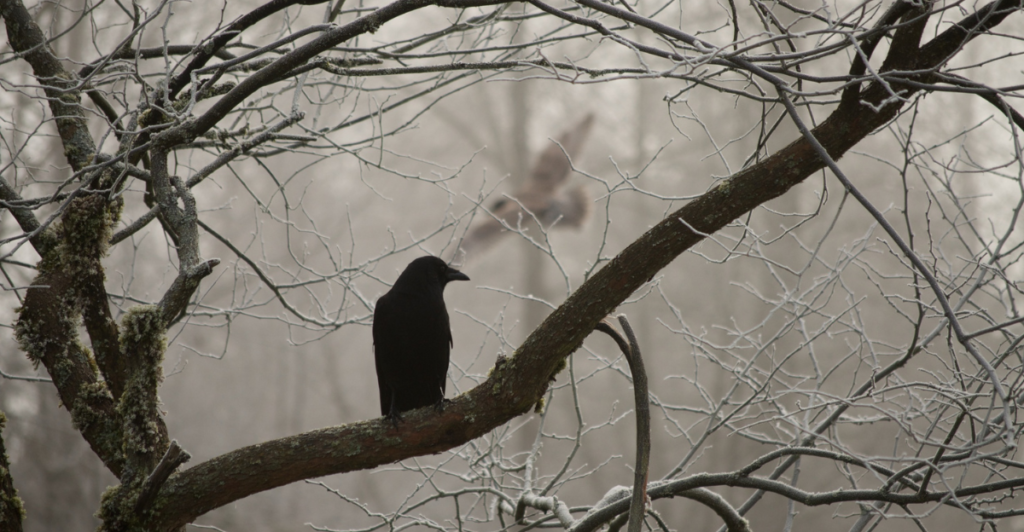
Crows reject authority, living in self-governing groups where intelligence and cooperation replace strict hierarchy. They work together, share resources, and solve problems as equals—an anarcho-syndicalist dream. With no centralized rule, they thrive through adaptability and social bonds, proving that order can exist without rulers.
Bees: Technocrats in Flight
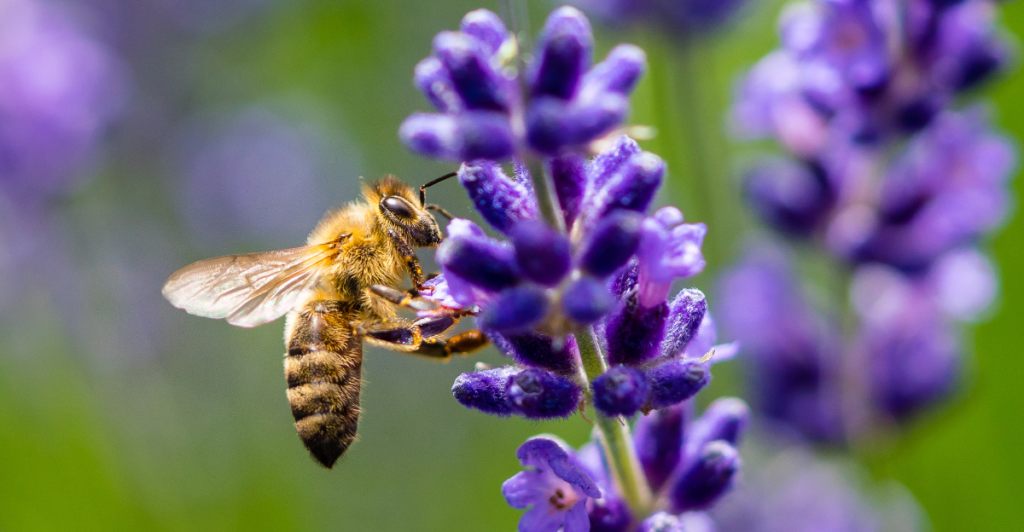
Bee colonies run on efficiency, not popularity. Decisions are made based on expertise—worker bees gather data, scouts find resources, and the queen reproduces. It’s a technocratic oligarchy where knowledge and skill dictate power. Unlike human politics, bees don’t waste time on debates—they get things done, following nature’s version of meritocracy.
Elephants: Social Democracy in Action
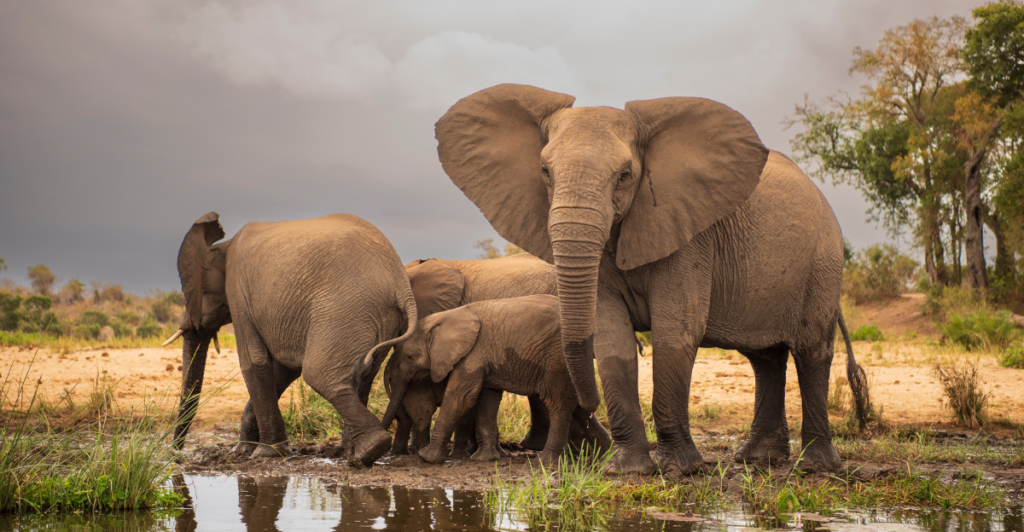
Elephant herds prioritize community welfare, just like a well-functioning social democracy. The matriarch leads with wisdom, guiding decisions that benefit the entire group. Knowledge is passed down, and collective care for the young and sick is a priority. It’s a model of governance where experience and cooperation trump raw power.
Octopuses: Libertarian Loners
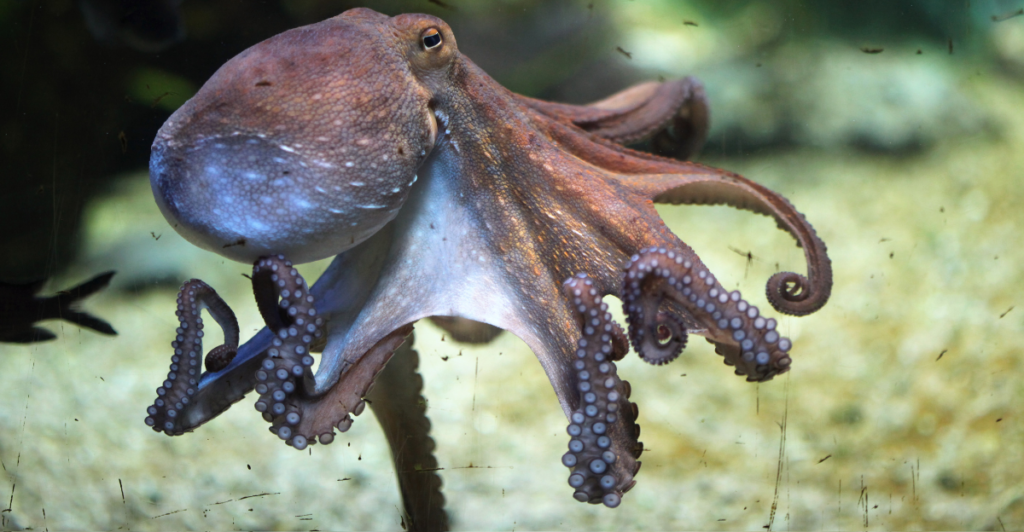
Octopuses live by one rule—every cephalopod for itself. With no social structures, they embody radical individualism, relying on intelligence and adaptability rather than cooperation. They solve problems, escape predators, and navigate the ocean alone, proving that survival isn’t always about community—it’s about independence.
Geese: The Populist Flock
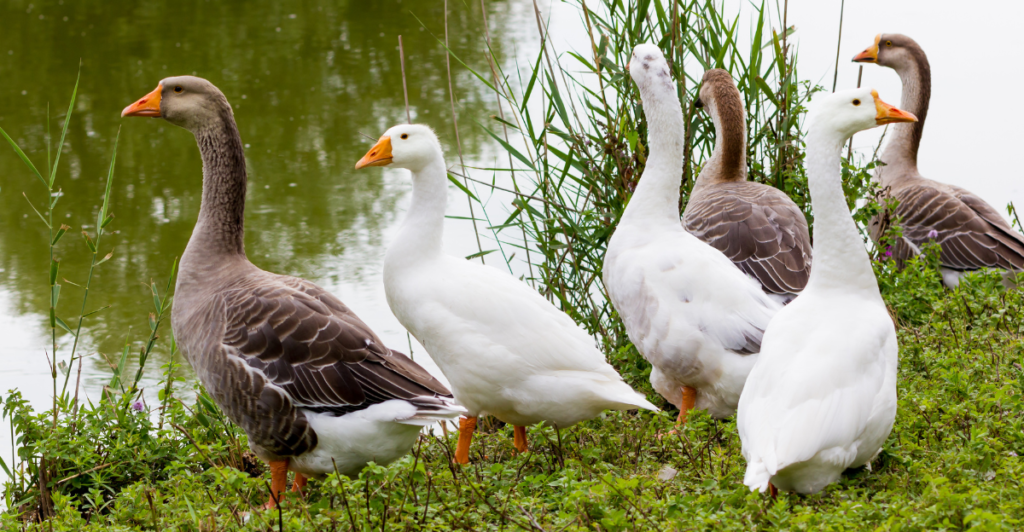
Geese follow strong leadership, especially during migrations, but their system can turn chaotic. A bad leader can misguide the flock, just like in human populist movements. When order breaks down, infighting ensues, and new leaders emerge. It’s democracy in motion—fast, loud, and sometimes unstable.
Pigeons: The Globalists of the Animal World
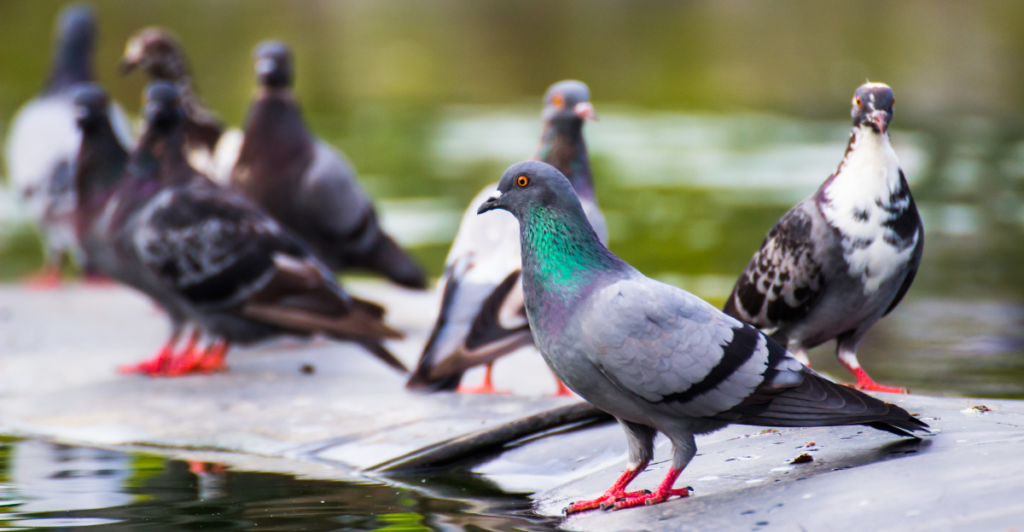
Pigeons thrive in cities worldwide, adapting to any environment while maintaining their identity. Like globalist networks, they connect distant places, spreading information (once literally used as messengers). Whether in New York or Paris, they fit in, proving that survival favors those who embrace change and diversity.
Frogs: Nature’s Environmental Activists
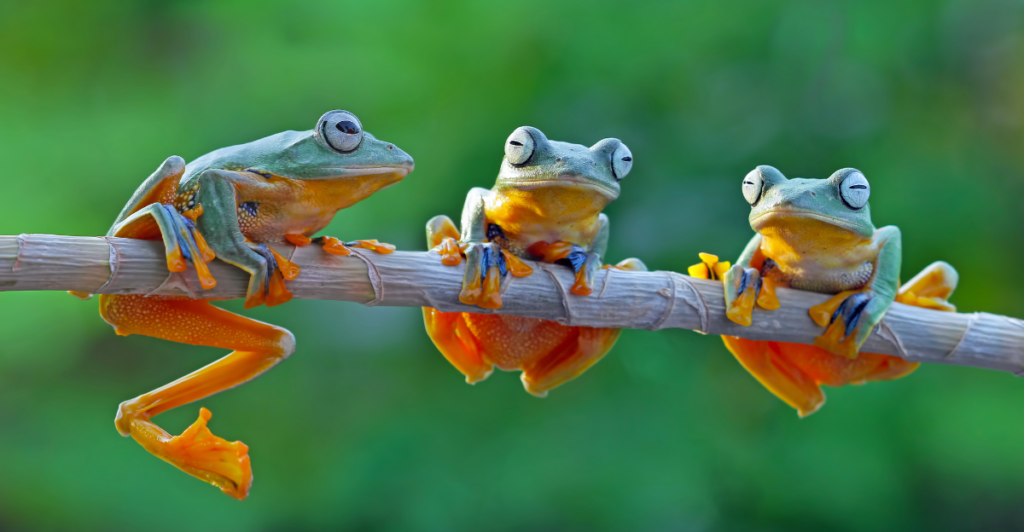
Frogs react to environmental shifts like grassroots activists, their declining populations warning of ecological disaster. Sensitive to pollution and habitat destruction, they symbolize nature’s resistance movement. If frogs vanish, it’s a sign the ecosystem is failing—a call to action that even humans should heed.
Chameleons: Political Shapeshifters
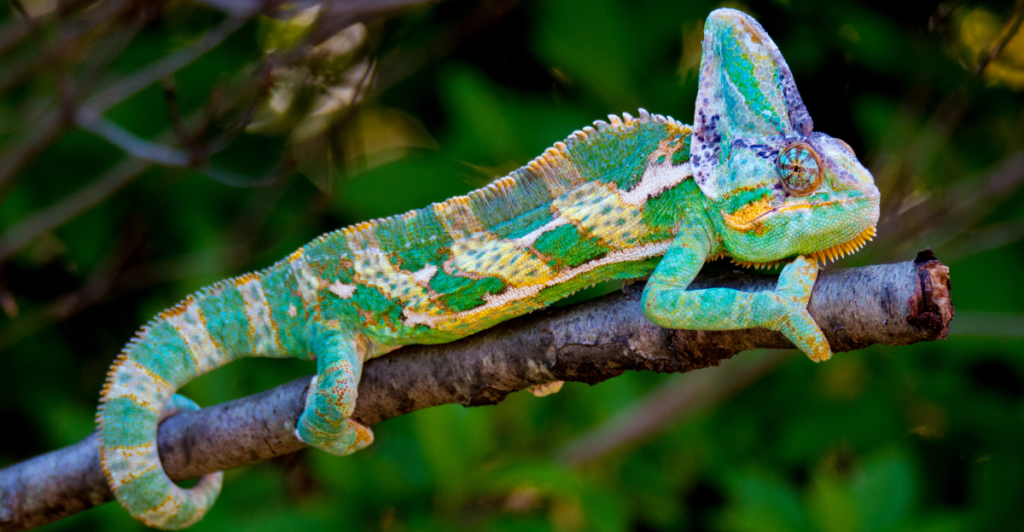
Chameleons change color to blend in, much like political figures who adapt their views based on their surroundings. They’re the ultimate pragmatists, proving that flexibility can be a survival tactic—whether in the jungle or in politics. In a world where alliances shift, being adaptable is the key to staying ahead.
Discover more of our trending stories and follow us to keep them appearing in your feed
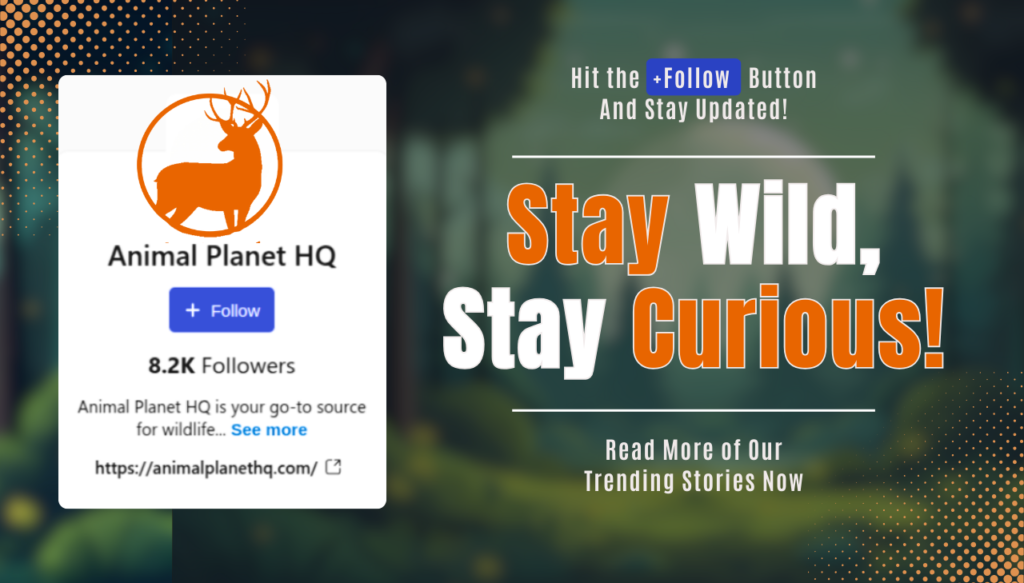
California Is Breaking Apart: A Fault Line Is Forming Faster Than Anyone Predicted
Philanthropist Promises To Cover $771.23M Annually After US Exit From Climate Accords
California Is Splitting Apart: A Fault Line Is Forming Faster Than Anyone Predicted
The War on Cows Is Over—And Green Extremists Have Lost
References:
Reference 1
Reference 2
Reference 3
This article first appeared here
Stay connected with us for more stories like this! Follow us to get the latest updates or hit the Follow button at the top of this article, and let us know what you think by leaving your feedback below. We’d love to hear from you!







